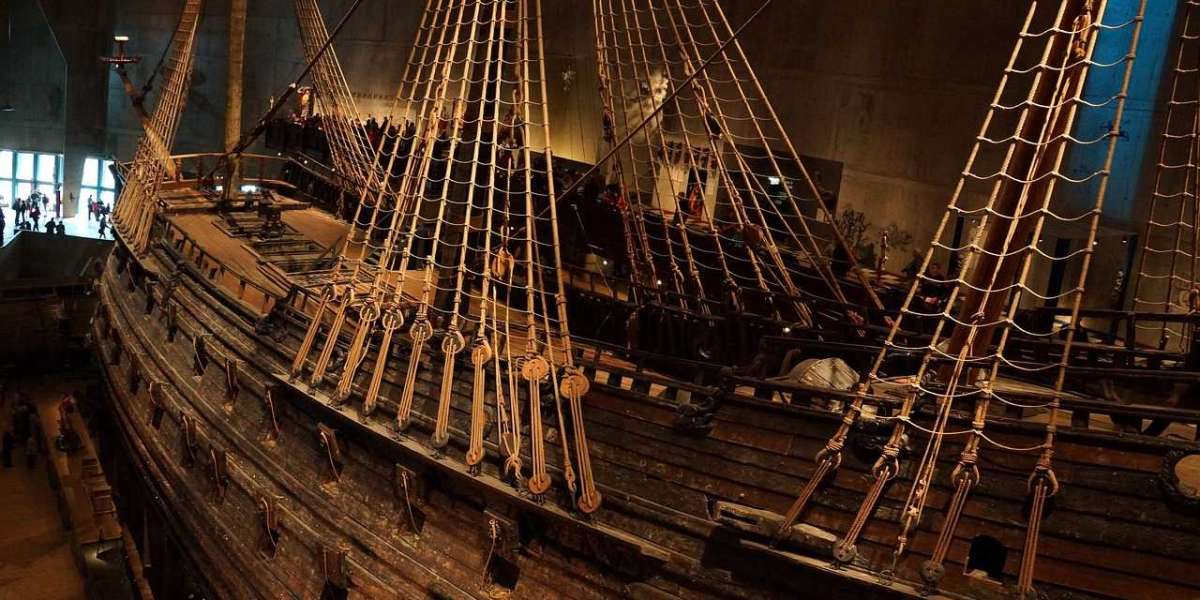The Vasa Museum in Stockholm, Sweden, is an extraordinary testament to European history and maritime heritage. Home to the majestic warship Vasa, the museum offers a captivating glimpse into the 17th century and the naval power of the time. In this article, we will explore the historical significance of the Vasa Museum, shedding light on its place in European history and the cultural impact it has made. So, grab your Vasa Museum Ticket and prepare to embark on a fascinating journey through time.
The Construction of the Vasa:
The Vasa was commissioned by King Gustavus Adolphus of Sweden during the height of the Swedish Empire. Built between 1626 and 1628, the warship was a symbol of the country's naval ambitions and military might. Its grand size and elaborate ornamentation reflected the power and prestige of Sweden during this period.
The Ill-Fated Maiden Voyage:
Tragically, the Vasa's maiden voyage on August 10, 1628, lasted only a few minutes before it sank in Stockholm's harbor. The disaster was attributed to poor stability caused by design flaws and inadequate ballast. The ship's sinking resulted in the loss of many lives and was a significant blow to Sweden's naval aspirations.
The Recovery and Preservation Efforts:
After spending over 300 years at the bottom of the sea, the Vasa was salvaged in 1961. Its remarkable preservation, thanks to the unique conditions of the Baltic Sea, allowed for an unprecedented opportunity to study and understand 17th-century shipbuilding techniques and maritime history. The Vasa Museum was established to house and display this remarkable artifact.
The Vasa Museum Experience:
Today, the Vasa Museum stands as one of the most popular tourist attractions in Stockholm, drawing visitors from around the world. Its impressive architecture and innovative exhibition design provide an immersive experience, allowing visitors to explore the ship and learn about its history. The museum showcases the Vasa's intricate carvings, weaponry, and artifacts recovered from the wreck, providing insights into the life of sailors and the cultural context of the time.
Cultural Significance:
The Vasa Museum holds great cultural significance for Sweden and Europe as a whole. It symbolizes the country's rich maritime history and its rise as a major naval power in the 17th century. The Vasa also represents a pivotal period in European history, characterized by intense rivalries among European nations and their thirst for colonial expansion.
Historical Insights:
Studying the Vasa and its artifacts has provided historians with invaluable insights into various aspects of 17th-century life, including shipbuilding techniques, naval warfare, and social history. The ship's preservation has allowed researchers to reconstruct the historical context of the era, deepening our understanding of European history and its maritime heritage.
The Vasa Museum stands as a remarkable testament to European history, showcasing the grandeur and ambition of Sweden's naval power during the 17th century. Its historical significance extends beyond national borders, shedding light on European rivalries, maritime technology, and cultural contexts of the time. By exploring the Vasa Museum and its exhibitions, visitors gain a deeper appreciation for the intricate craftsmanship, historical events, and the human stories associated with this iconic warship. So, don't miss the opportunity to visit the Vasa Museum with your Vasa Museum tickets and immerse yourself in the fascinating world of European history.








